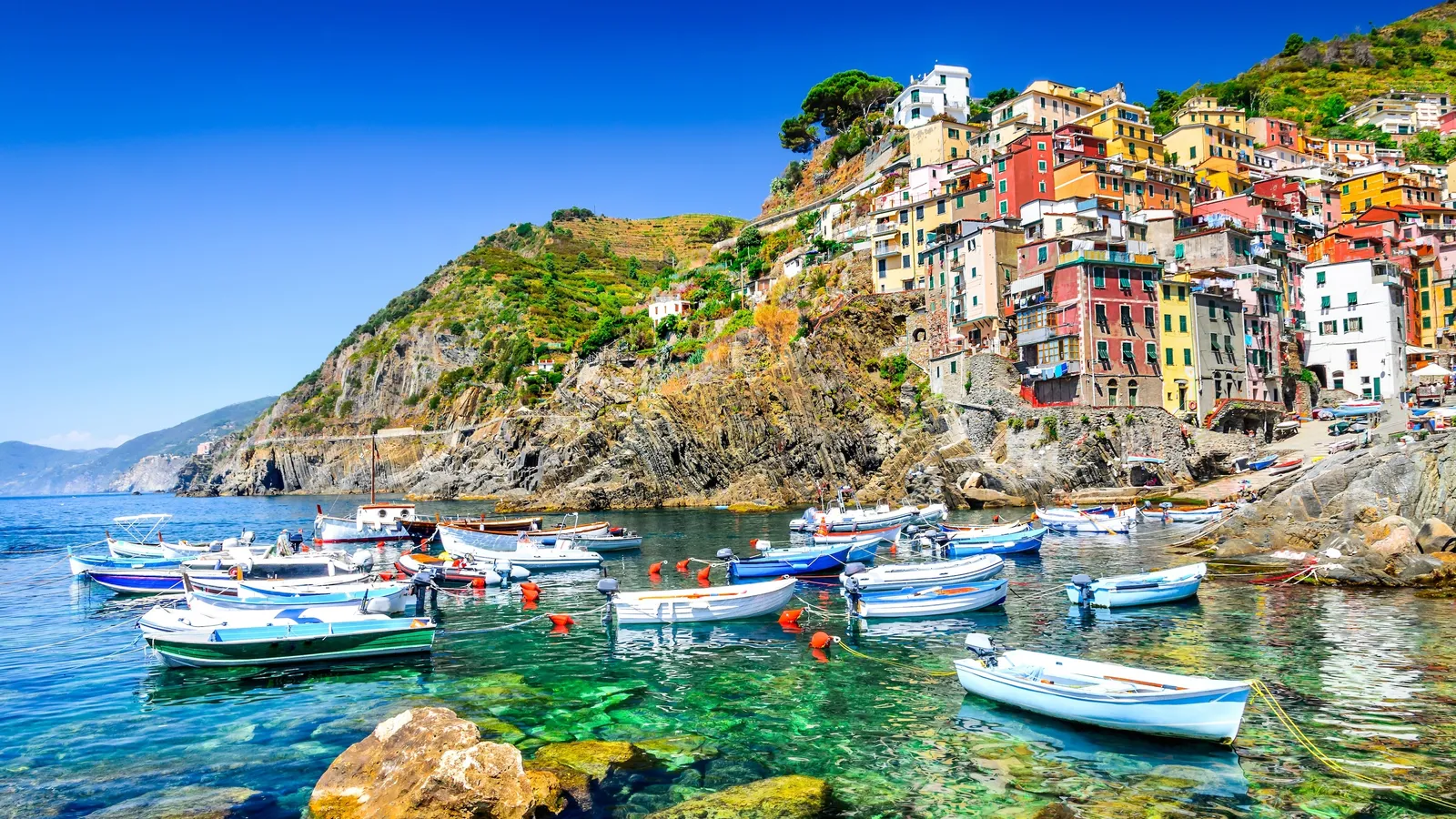
ITALY
ITALY
Italy is the place where the first universities in the world were born in the 11th century, but also the place where, at the end of the 20th century, the harmonization of the architecture of the European Higher Education system (Bologna Process) started. Having solid roots in the past, studies in Italy are also firmly projected into the future. Therefore, there are academic excellences not only in art, history and literature, but also in contemporary design, architecture, engineering, economy, life science and applied science.
The Italian government considers research to be part of its strategy for maintaining high standards in the sphere of world technological sustainable development. The Italian education system has many public and private universities and AFAM (Alta Formazione Artistica, Musicale e Coreutica) Institutes which cover a wide spectrum of study paths, life experiences and employment opportunities. Several courses (close to 500), especially for Master or PhD degrees and some fellowships are fully offered in English.
Tuition and living costs in Italy are very affordable and the quality of the social life in the student community is typically excellent. About 80,000 international university students are now studying in Italy.

Capital
Rome
Languages
Italian
Size
302.073 km²
Population size
58.93 million
Living Costs
The cost of living in Italy varies, with northern regions and major cities like Milan and Rome generally being more expensive than the south and smaller towns. A single person in a large city can expect to spend around €1,500 per month.
Studying in Italy
Number of Institutions
In Italy, there are 95 university-level institutions. These are categorized into state universities, non-state legally recognized universities, higher schools or institutes, and online universities.
Number of Degree Programmes
1,546 Bachelor's programs, 1,478 Master's programs, and 575 PhD programs available.
International Courses
Over 500.
Tuition Fees
Public university usually range between €900 and €4,000 per year, while private university from €6,000 to €20,000.
Scholarships
Several scholarship opportunities exist for international students pursuing studies in Italy. These include government-funded scholarships like the Italian Government Scholarship (MAECI), and those offered by individual universities.
Application Procedures
To apply to an Italian university, international students generally need to follow a multi-step process, including pre-enrolling on the Universitaly portal, submitting required documents, potentially taking language proficiency tests, and possibly applying for a student visa. The specific requirements and deadlines vary by university and program.
Student Life
Student life in Italy offers various opportunities. Students can choose between university dormitories or shared apartments, with prices varying depending on the city. Part-time job opportunities are common. Students are permitted to work part-time during their studies, with specific limitations on working hours. Outside of university, students can enjoy a rich cultural scene, social events, and outdoor activities, fully immersing themselves in Italy's vibrant traditions.
Life After Studies
After graduation, you can stay in Italy for 12 months to search for a full-time job. If you secure a job during that period, you can then apply for a post-study work visa in Italy.
Video Testimonials
GUIDE FOR STUDENTS FROM SINGAPORE:
- Research and Choose Your Program
Visit the official portal Study in Italy- Find bachelor’s, master’s, and academic programs
- Learn about student life in Italy
- Check for MAECI scholarships (Italian Ministry of Foreign Affairs)
- Online Pre-Enrollment
Mandatory registration on Universitaly- Select your program and university
- Upload the required documents
- Complete the pre-enrollment procedure (necessary to apply for your student visa)
- Visa and Consular Procedures
Check the Embassy of Italy in Singapore – Study Visa webpage for:- Student visa application
- Legalization of academic documents, if required
- Guidance on health insurance and residence requirements
Copyright 2025 © European Union Delegation to Singapore.